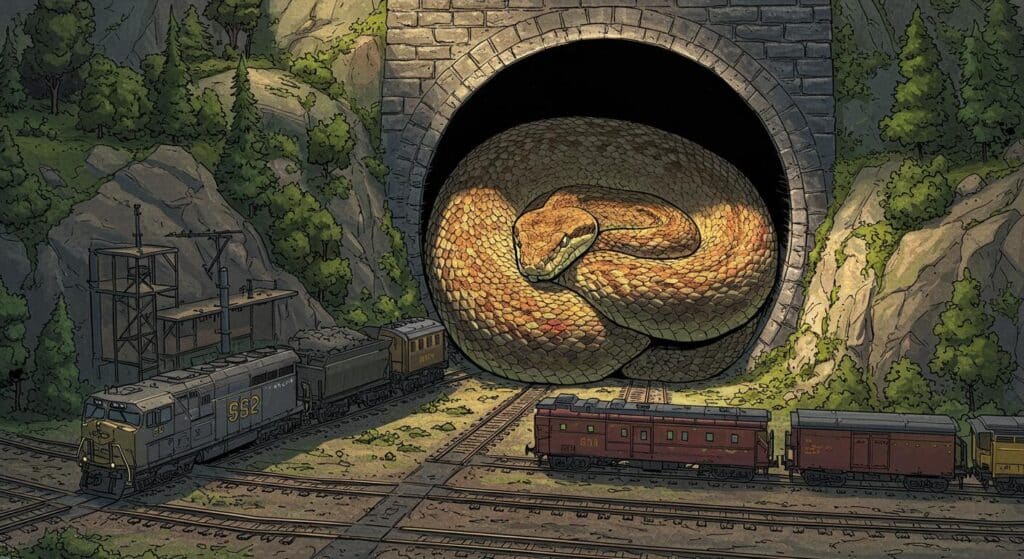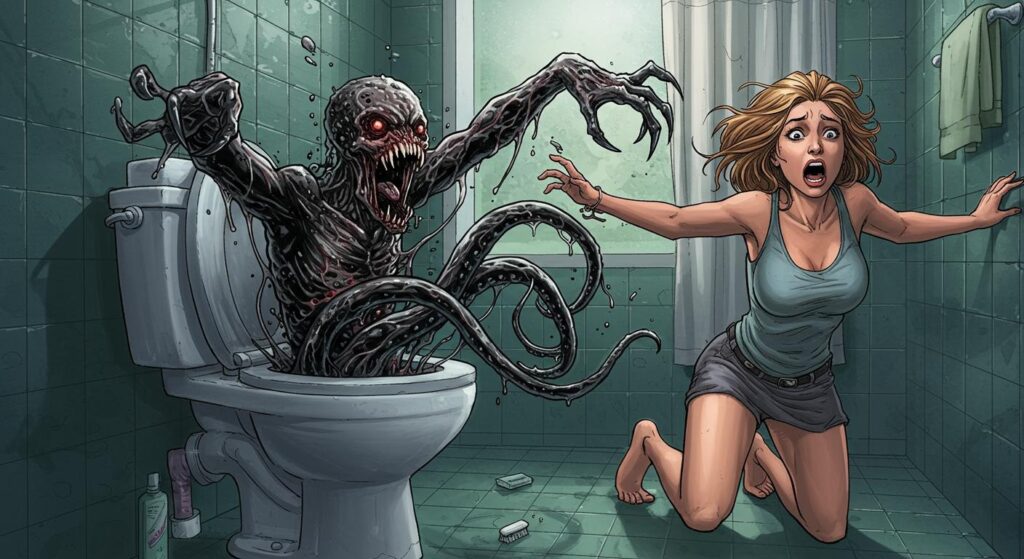There are news stories that read like dispatches from a universe only slightly adjacent to our own, and then there’s Texas, prepping to fend off a potential invasion of flesh-eating flies. Specifically: the New World Screwworm—an insect whose life ambitions, as reported in Ars Technica, seem to involve making just about every warm-blooded animal deeply uncomfortable. The state’s response so far includes everything from high-tech baits designed to smell like open wounds to aerial deployments of irradiated insects. Nature’s creativity really doesn’t skip Texas.
Synthetic Wounds, Cattle Protection, and an Appetite for Tapirs
At the heart of this infestation panic is the humble but horrifying screwworm. These flies, which thrive by laying eggs in open wounds or orifices, release larvae that twist and burrow into living tissues, setting off a slow-motion eating contest that’s as spectacularly gruesome as it sounds. Texas Agriculture Commissioner Sid Miller characterized the threat bluntly in a recent state announcement, describing the urgent need for action to safeguard the $15 billion cattle industry. The department’s solution—Swormlure, a synthetic bait mimicking the scent profile of open flesh—reflects both ingenuity and a certain resignation to fighting weird with weirder.
But the impending livestock crisis is only half the story. Biologists cited by Beth Mole for Ars Technica detail that screwworms, once believed to avoid certain species, have recently infected endangered mountain tapirs in Colombia. These tapirs—think short-snouted, trunked herbivores rarely mentioned outside crossword clues—have started turning up with life-threatening infestations, a development highlighted in the journal Emerging Infectious Diseases. The cause, researchers suggest, may involve shifting climate patterns and the movement of livestock, with the screwworms demonstrating a previously unseen flexibility in their culinary choices.
A History of Radiation and Relapse
Long-time readers of agricultural curiosities may recall that screwworms were once a familiar foe across the southern United States and Central America. According to details reviewed by Mole, their defeat in the region during the mid-20th century stands as one of modern pest control’s more ingenious moments. The so-called sterile insect technique (SIT)—essentially breeding hordes of male flies, sterilizing them with gamma radiation, and releasing them for one-night-only procreation events—seriously reduced screwworm populations since the flies typically mate only once.
Governments across the hemisphere maintained this approach for decades, pushing screwworm populations steadily southward until a “biological barrier” at Panama’s Darién Gap kept the flies penned in at the border with Colombia. That worked fine until 2022, when, as records cited in the Ars article indicate, the biological barrier was breached—thanks to unmonitored livestock movements—and the parasites began advancing north, drawing perilously close to Texas. Current surveillance estimates put the front lines about 370 miles south of the Texas border.
Countermeasures: From Old-School Tactics to Pharmaceutical Feeds
With the threat literally at the gates, US and Texas officials are ramping up their efforts. In a detail highlighted by Mole, the USDA plans to establish a new sterile fly facility in Texas for continued SIT operations targeting northern Mexico. Another move, described in the recent announcement from state officials, is a halt in livestock trade from southern entry points, a throwback to quarantine measures that sound almost quaint in the age of drone agriculture.
Miller insists, however, that relying solely on SIT isn’t enough. The state is supplementing its fly-bombing campaign with the newly minted Swormlure, expanded insecticide regimens, and even livestock and deer feed laced with the antiparasitic drug ivermectin. Miller also floated the idea of a future cattle vaccine designed to target larvae before they can do their worst—though, as the outlet notes, that innovation remains squarely in the research and development phase.
There’s something quietly fascinating about the return of time-tested eradication methods—irradiated insects, quarantines—now paired alongside synthetic wound aromas and antiparasitic-laced feed. Where else but Texas can you witness a biotechnological and chemical counteroffensive against a carnivorous maggot?
Reflections at the Edge of a Plague
Screwworms’ steady resurgence offers both a uniquely grotesque reminder of nature’s inventiveness and a lesson in interconnectedness. The spread of a flesh-consuming parasite from the mountains of Colombia to the plains of Texas, as carefully chronicled throughout Mole’s reporting, underlines just how porous ecological boundaries can become when climate, livestock, and luck conspire.
Amid all the chemical lures and sterile insect deployments, you have to wonder: are we entering a new era of old pests, where each “elimination” is just an extended pause between border crossings? Or is this just another round in the endless dance between humans, their animals, and the creatures that find us irresistibly tasty? One thing is certain—when the tools required to save your cattle include artificial open-wound perfume and regular doses of antiparasitics, the world has gone full weird, whether we’re ready or not.







